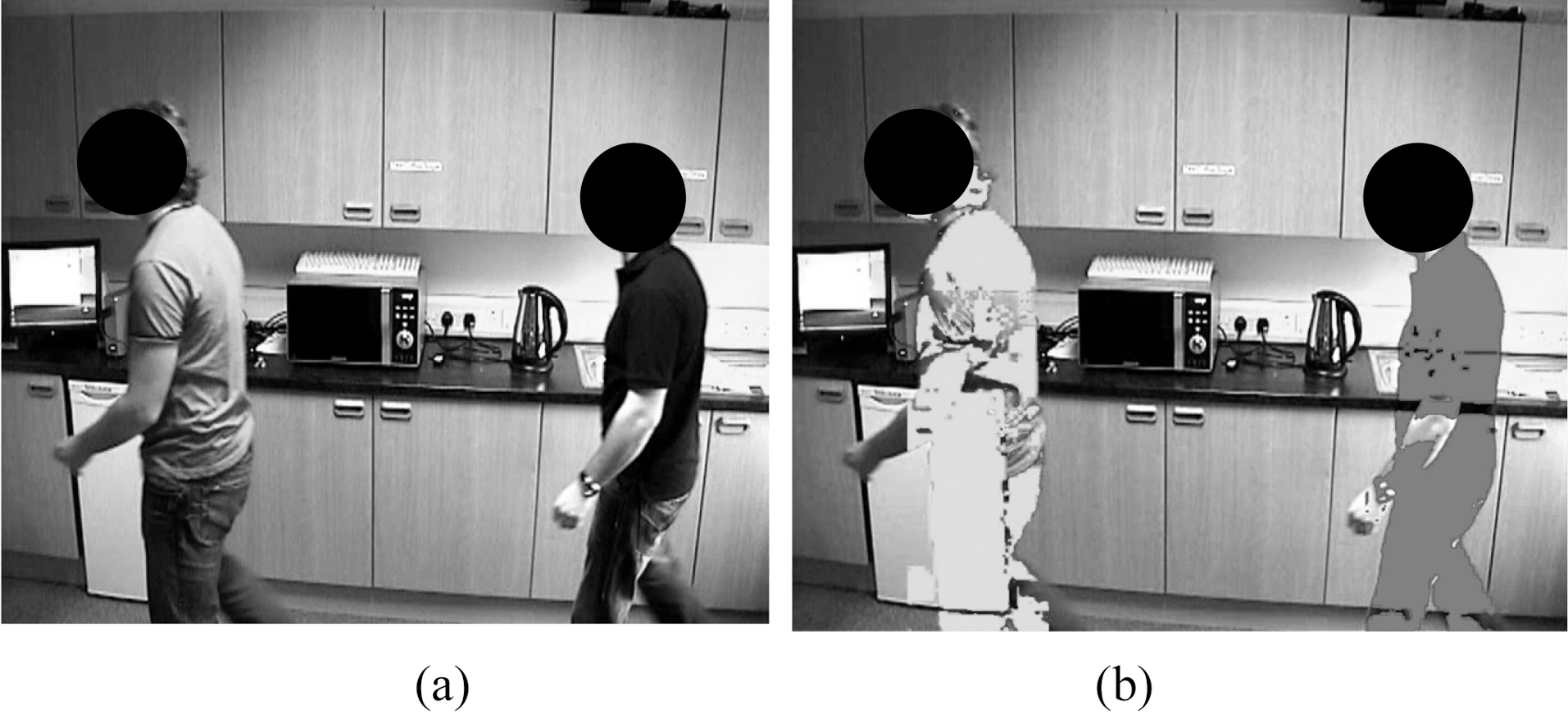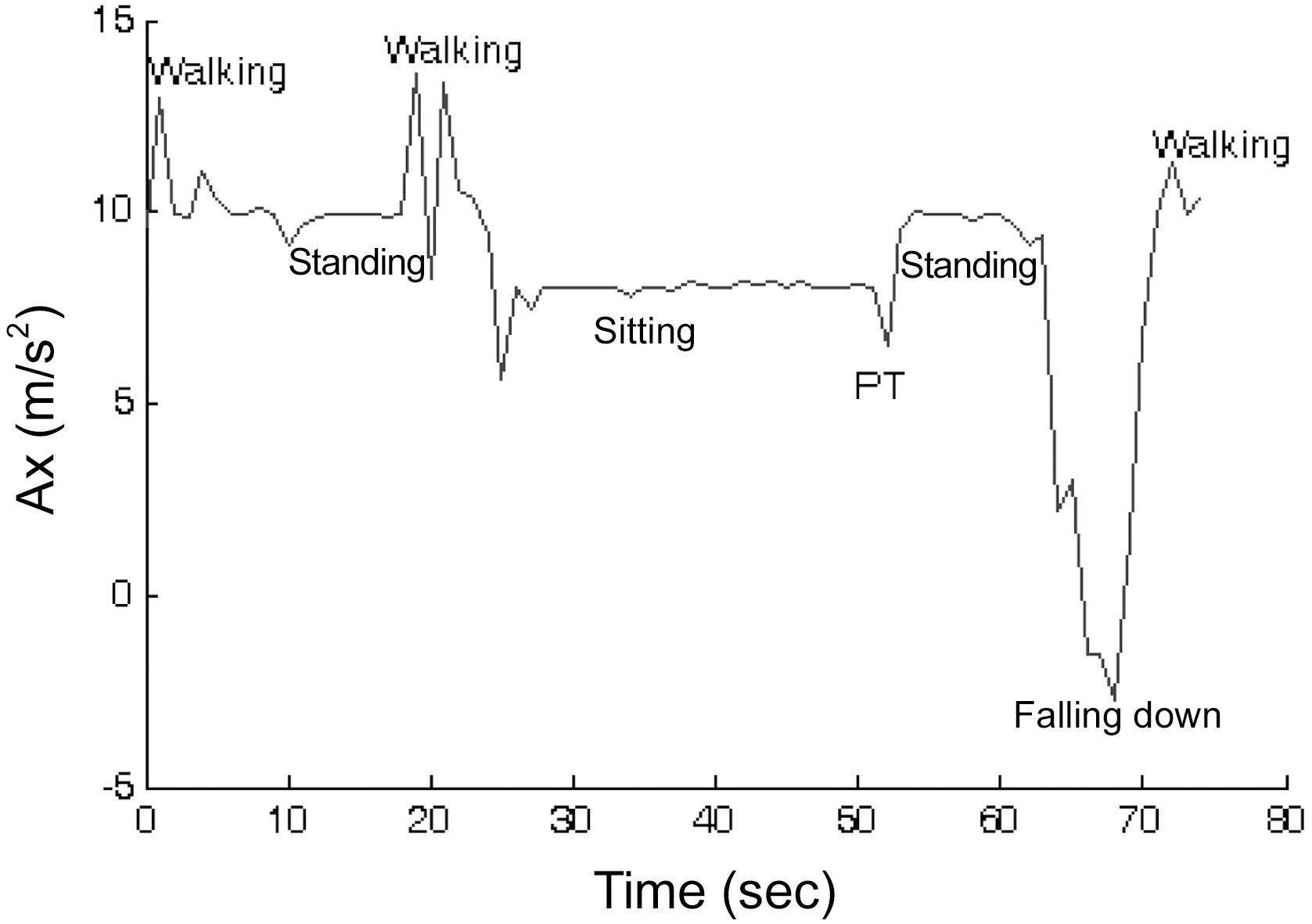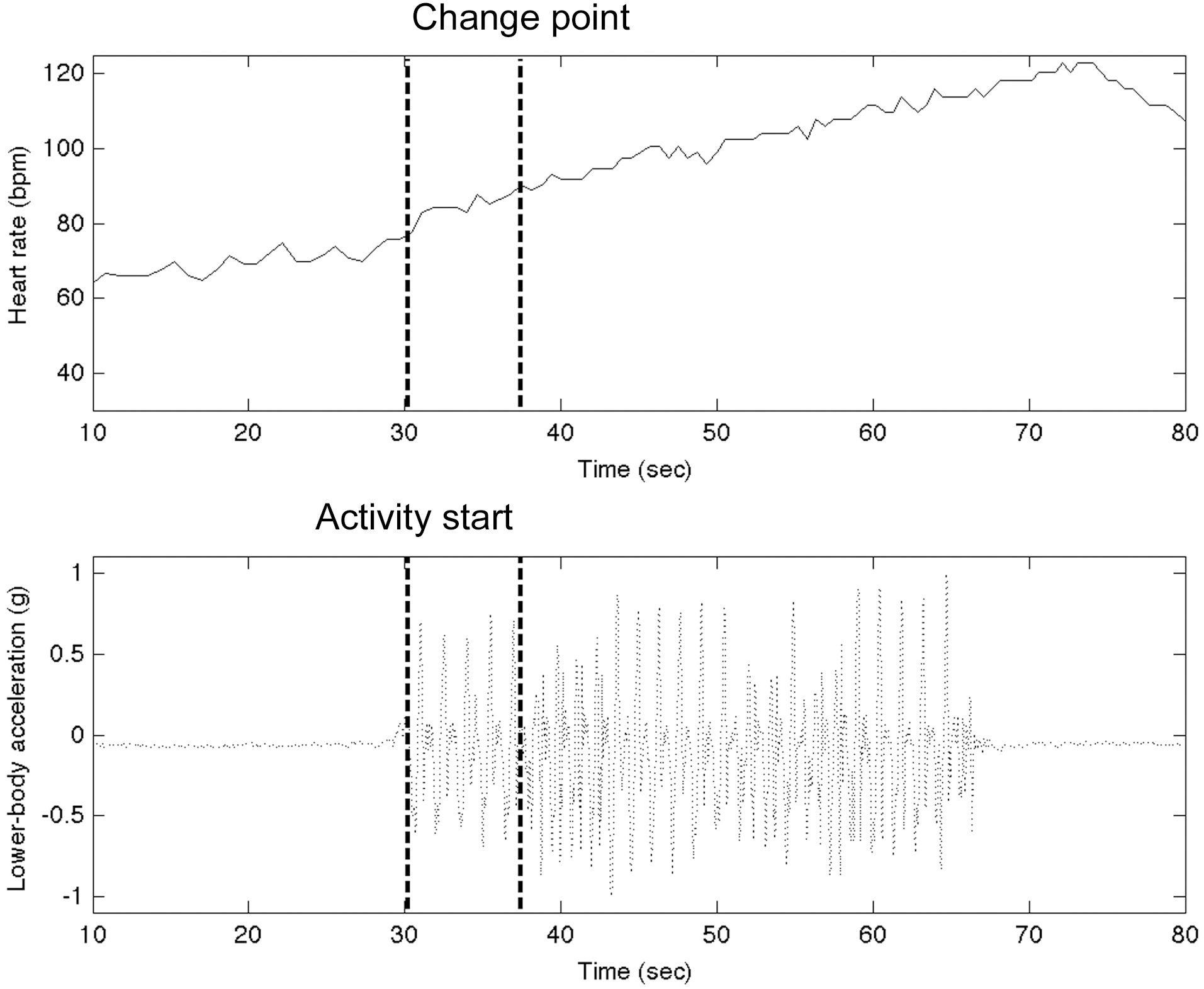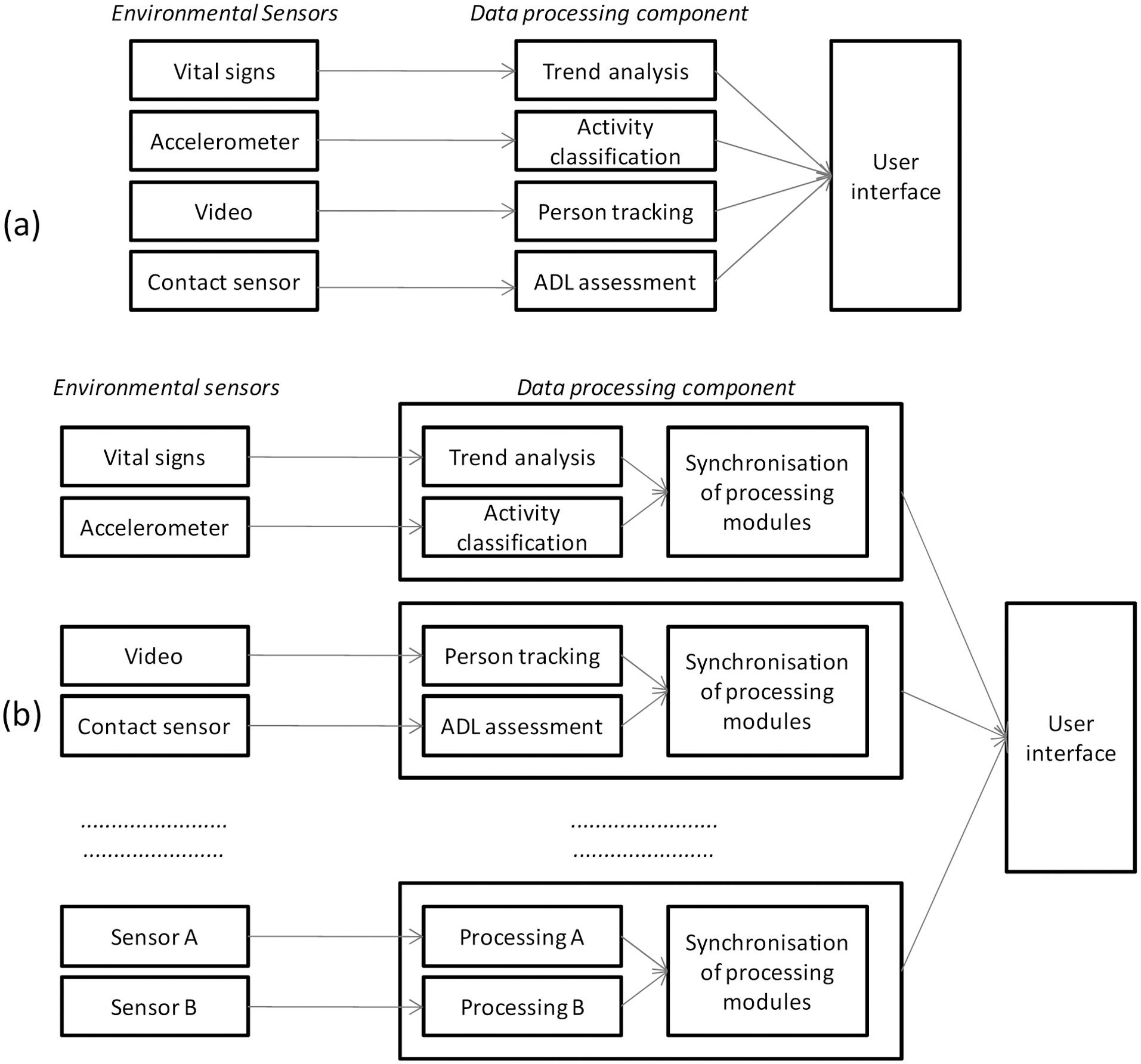



The advances that have been made in today’s society from economic, social and medical perspectives can be considered as factors contributing to global ageing. Current estimates predict that both the size and age profile of the population will change significantly within the next half century. United Nations estimates suggest that the world’s population will increase to close to 8.9 billion within the next 40 years. This is close to a 50%increase since the year 2000. In terms of the age profile within the population, in virtually every country we have witnessed the group of those aged 60 and over to be the fastest growing. Correspondingly,estimates from the World Health Organisation(WHO) suggest that by 2050, the number of older people on a global scale will have increased to 2 billion. This is approximately a 3-fold increase on the figure of 600 million older people in the year 2000 [1].
These changes in population have been accompanied by an increase in the prevalence of those suffering from long term chronic diseases, in addition to a larger number of older people that wish to live within their own homes for a longer period of time. As a result, increased burdens are now being placed upon health and social care provision, delivery of informal care and national pension schemes. Consequently, attempts to surmount the challenges posed by the necessity for a revised healthcare model have led to the introduction of new paradigms in the delivery of both health and social care. Amongst these, the use of Information and Communication Technology (ICT) has gained much interest and, indeed, success. The widespread adoption of affordable technologies, coupled with improvements in processing and communication speeds, are all key factors in technology-based solutions being investigated further.
This paper aims to provide an insight into the use of sensorbased technology to support Ambient Assisted Living (AAL). Specifically, its focus will be on the complexities of managing different sources of sensor-based information with the overall goal of improving the levels of automated support within an AAL context. The remainder of the paper is structured as follows:Section II presents an overview of the range of sensorbased technologies used within the smart home paradigm. Section III introduces the inherent requirements for appropriate processing infrastructures that are capable of managing data from differing data sources. Two case studies are presented within Section III in order to further elaborate upon these concepts.Section IV concludes the paper with a discussion on potential future directions within this domain and scope for further work.
II. OVERVIEW OF SENSOR BASED TEHCNOLOGIES
Technology has been a core component of healthcare provision for more than a century. Since the introduction of computing technology to healthcare in 1957 by Pipberger as a means of processing the electrocardiogram (ECG) [2], computer-based technology has now embedded itself firmly within hospital,community and home healthcare settings. To a large extent this can be attributed to decreases in the cost of technology coupled with increases in processing power and the availability of data storage, along with the prevalent acceptance and adoption of the Internet and both fixed and wireless modes of communications.
The AAL Program aims to define key aspects which should be taken into consideration when deciding how ICT should be used in order to support home-based healthcare [3, 4]. Through a series of consolidated efforts, a Program of Work has been established which recognises there is an opportunity to improve the quality of life for older people through the use of ICT. This involves the creation of smarter environments at home, at work and in the community through the combination of products, services and systems. Fig. 1 provides a representation of what may be interpreted as the main factors which contribute to the AAL Program.
>
A. Technology within the Smart Home
In its simplest form, we can represent a smart home as having 3 main components; sensors, a central data processing component and an environmental control component (Fig. 2). The role
of the sensor technology is to acquire information from the environment in order to provide, for example, details about the location of the inhabitant(s) and the object(s) they interact with.The sensor technology may also be utilised for the acquisition of data from any health-related devices that the inhabitant may have. The data processing component is required to process data gleaned from the sensors in an effort to understand the exact behavior of the inhabitant along with their wellbeing status.Based on this understanding, the environmental control component is used to control the environment in order to provide a form of feedback to the inhabitant and, if required, to assist them somehow with the activity they are trying to undertake [5, 6].
Taking into account the potential positive impact such an environment can have, a wide range of both demonstration and operational environments have been created and evaluated with the goal to support the ageing in such a place [7, 8]. Although progress towards the larger scale deployment of smart home environments has been made in recent years, a number of challenges still exist within each of the three aforementioned main components. From a sensor technology perspective, there remain issues pertaining to the quality of the sensor data, together with trade-offs associated with obtaining the correct balance between the number of sensors to include in an environment and their associated costs. Likewise, from the perspective of data processing,challenges remain in producing reliable assessments of the inhabitant’s behavior. In terms of environmental control, the appropriate form of user interaction in order to provide feedback still remains a key issue to be tackled [9]. Amongst all of these challenges, improving the quality of the sensor data upon which the behavioral analysis is based is viewed by some as being one of the most important unresolved issues within this domain.
By utilising sensor technologies, potentially, a wide range of measurements can be acquired. This information may be acquired through sensors that are seamlessly embedded within the environment, or it may be acquired through devices the inhabitant is wearing or interacts with [6, 10]. The measurement of vital signs is perhaps one of the most common forms of measurement that can be recorded remotely in the home environment.Acquiring vital signs can provide useful information for the assessment of health in addition to being an important parameter for use in the analysis of long-term trends. The typical type of information acquired can involve the recording of parameters such as temperature, blood pressure, weight, electrocardiogram,heart rate and pulse oximetry. A number of studies have been conducted which have validated the concept of home-based vital signs recording [10, 11], and in particular have demonstrated the utility of taking such information into consideration during the management of specific long-term chronic conditions, for example chronic heart failure and diabetes.The sensing technology required for such measurements can come in the form of discrete devices that the inhabitant interacts with, or alternatively they may be in the form of wearable devices that have the ability to take ambulatory measurements[12].
As well as the recording of vital signs, a number of worn devices have the ability to collect measurements of activity. A low level of activity is considered to be one of the key factors associated with health problems within society. Pedometers can be used to assess levels of activity in the form of counting steps[13]. More recently, technology with embedded accelerometers,for example smart phones, have been utilised in order to gain an insight into an inhabitant’s level of activity in addition to attempting to identify which activity the inhabitant is engaged in [14].
Assistive technologies such as cognitive prosthetics, medication management devices and fall detectors can all provide further levels of information relating to an inhabitant’s behavior and wellbeing [6]. These can all be considered as discrete sensing devices in their own right with no requirement for further attachment to any additional sensor technologies. Such assistive technologies have the ability to relay information in relation to their usage once they have been interacted with.
With technology that is embedded seamlessly into the environment,one of its most common uses is to assess Activities of Daily Living (ADL). The assessment of a person’s ability to undertake ADLs, for example grooming, eating and using the telephone, can be used as a basic measurement of health and wellbeing [15]. One of the most common forms of sensor technology that has been used to record object interactions associated with ADLs is the use of anonymous binary sensors. These sensors can act as simple contact interfaces that can be configured to transmit a short message, for example once an object has been moved or if a door has been opened. Alternative technology in the form of Radio Frequency Identification (RFID)has also been used for similar purposes [15]. Using this approach,objects are tagged with small RFID tags and an RFID reader,which may be worn on the inhabitant’s wrist, are utilised to detect any interactions between the object and the inhabitant.
Along with consideration of the objects the inhabitant is interacting with, additional contextual information can be gleaned from identification of the specific location of the inhabitant within their environment. Indoor localisation techniques can be achieved through Infra Red, ultrasound, Bluetooth, Radio Frequency,WiFi and RFID [16, 17]. Nevertheless, indoor localisation solutions vary widely in terms of range, accuracy, cost and the underlying technology platform, hence the correct balance between all of these factors should be taken into account during the design of a smart home environment.
To a certain extent, the use of video-based information can be
viewed as one of the only approaches capable of gaining a true insight into which inhabitant is currently within the environment and which activity they are currently engaged in. Nevertheless,providing such an accurate level of service requires a large number of video cameras placed in unobstructed locations throughout the environment. In addition, the processing of visual information typically necessitates elaborate video processing techniques, which may be required to handle large amounts of data in realtime.
Based on the level of detail recorded from the sensor technology,analysis performed within the data processing component of the smart home can be provided at two differing levels, as detailed in Fig. 3. In the first instance, coarse grained analysis can provide a general assessment of the inhabitant’s behavior,for example determining whether the inhabitant is active or inactive, or having a specific vital sign measurement within a specific range. In the second instance, fine grained analysis of the information collected can provide a more detailed insight into the behavior of the inhabitant. For example, once determined as being active, the analysis can identify if the inhabitant has been simply walking through the house or has been pacing due to high levels of anxiety. Once the assessment has been made, the data processing component should then deliver a form of intervention. This may be in the form of automated activity assistance, for example, an audio prompt to assist with the next sub-task for completing an ADL, or it may involve the transmission of a warning message to a carer or healthcare professional indicating that a further level of assistance is required within the home environment.
It is beyond the scope of this paper to provide a detailed assessment of the specific challenges which exist with each type of sensor based technology presented and their subsequent analysis.Nevertheless, one issue of particular interest is how the information from multiple sensor technologies can be combined in a practical manner to improve the overall assessment of a user’s behavior.
III. MANAGING INFORMATION FROM MULTIPLE SENSORS
Under ideal circumstances sensor based technology, as presented in the previous Section, can provide sufficient information to gain an insight into the inhabitant’s behavior and wellbeing. Nevertheless, in many circumstances this information can be utilised, that is, it is not possible for the data processing component to provide accurate analysis of the data provided. These situations may occur in instances of multiple occupancy when more than one person is in the same room interacting with various objects at the same time, when interleaved activities occur, for example when a person is preparing a meal and uses the telephone at the same time, and when the information acquired from sensors is corrupted by noise or missing data.
There exists a trend at present where the level of information processing has moved beyond that of only considering information from one sensor source in isolation, to a more practical framework that can manage and process multiple sources of sensor information. As a result, more elaborate and reliable service delivery will become possible. These services will have the capability to address practical challenges in both managing and delivering care within smart environments. In our current work we propose a series of practical approaches whereby multiple sources of sensor data can be taken into consideration in an effort to increase the levels of reliability of service delivery. The following subsections present two
>
A. Case Study 1: Contact Sensors with Video Processing
In this scenario, we consider a rudimentary smart environment that has a number of contact sensors installed in order to support the recording of information related to which object an inhabitant interacts with whilst undertaking a series of ADLs.Specifically, we wish to consider if it is possible to manage instances of multiple occupancy within the sensor equipped environment by complementing the basic installation of sensor technology with vision processing techniques. Fig. 4 depicts the environment utilised during the experiments, along with exemplars of the sensor technology employed and how they were attached to various objects within the environment [18].
Consider the information presented in Table 1. The information recorded in the first three columns is representative of the data generated automatically by the contact sensors upon activation.Each time a sensor is activated, for example when a cupboard door is opened or a cup is lifted, a message is sent automatically from the sensor to a nearby receiving unit. The
Annotation column in Table 1 provides additional evidence that has been annotated by a human observer during the experiments.The role of the observer is to create a gold standard for the experiment, both in terms of recording which objects were interacted with, and which inhabitants interacted with the objects in each specific instance. This provides the necessary detail relating to the observed instances of multiple occupancy within the environment. For example, Events 1 and 2, as presented in Table 1, have recorded that the cupboard door was opened and a cup was lifted from the cupboard. Under ideal conditions (and if the sensors have been placed appropriately within the environment on the correct objects), the form of sensor technology employed within the experiments will provide adequate information for the data processing component to be able to infer the inhabitant’s ADL. Nevertheless, we consider the instance of multiple occupancy where two inhabitants are interacting with various objects within the environment at the same point in time. Consider Events 5 and 6, as presented in Table 1. In this scenario, the fridge door has been opened followed by the cupboard door being opened. From the perspective of the data processing component, based on the information from the contact sensors, there is insufficient evidence to either indicate that this is an instance of multiple occupancy, or even to indicate which inhabitant has interacted with which object. If,on the other hand, there were some way to include information related to each of the multiple occupants individually, this would have a significantly positive impact on the overall processing of the data recorded.
In an effort to improve the accuracy with which object interactions are detected, the contact sensor-based information may be augmented by further sources of sensor-based information.In this Case Study, video was utilised as the secondary source of information. From a practical perspective, the inclusion of a low-cost camera within the kitchen environment is a reasonable additional technical component. The basic concept for processing the video acquired is based around the detection of motion within the recorded scene. One example of how this could be performed would be with a non-adaptive background subtraction technique. This would involve utilising a frame differencing approach in conjunction with the edge detection of objects within the scene. Such a method would have a number of limitations in that it would have to assume nearly constant lighting
[Table 1.] Excerpt of data from sensors within smart kitchen
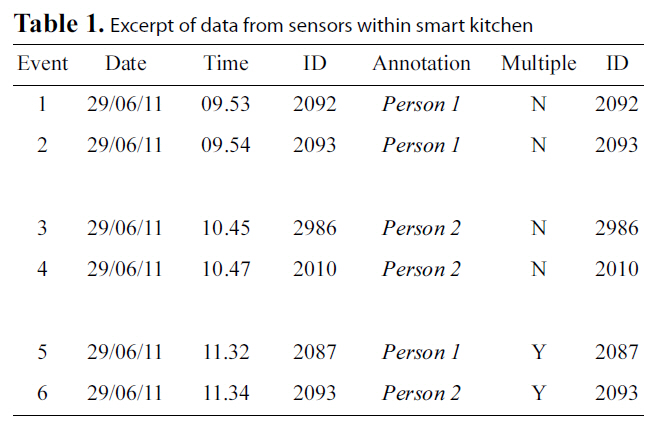
Excerpt of data from sensors within smart kitchen
conditions, in addition to the need to retaining a static model of the environment. Instances of multiple occupancy could therefore be detected by classifying all areas identified as motion based on their size and profile, as shown in Fig. 5. Subsequently,multiple inhabitants could be both identified and tracked by computing RGB histograms of the classified areas of motion. By taking into account this additional information produced by the video processing component, it is possible to augment the contact sensor information with further details relating to the number of inhabitants within the environment, along with information related to the specific times that they were in differing regions in the environment. Based on this information, a correlation can be made with the object interactions recorded from the contact sensors. For example, if a person was detected as being in the vicinity of the sink (as identified by the video processing component) at the time the tap was turned on (as identified by a contact sensor), these two pieces of sensor information would be deemed to be correlated.
The last two columns in Table 1 provide details of the output from the video processing component. This provides additional information relating to instances of multiple occupancy and information relating to the objects that were used during interactions by each inhabitant. Both sources of information can now be considered by the overall data processing component. In this example we could assume that Person 1 may be the actual inhabitant of the environment and Person 2 may be an informal carer or family visitor.
Full details of an evaluation based on this approach can be found in [19]. The results from that study indicated that each sensor-based approach used in isolation had a number of drawbacks;however, when both were considered together overall improvements in inference were notable in instances of multiple occupancy.
>
B. Case Study 2: Vital Signs and Activity Levels
Many previously studied approaches have considered the monitoring of vital signs within the home [10, 11]. Subsequently,this has led to the development of both new data acquisition devices and wearable devices in the form of smart garments [20]. These approaches have demonstrated their utility in the monitoring and management of health conditions, however,on occassion recordings taken out of context may lead to the provision of spurious data. For example, if heart rate is measured after ascending a set of stairs in a house, its value will be
much higher than if the inhabitant had been resting for a 30 minute period prior to taking the measurement.
In this scenario, the framework we present is one that incorporates both vital sign information and activity-related information,with an overarching goal of attempting to improve the level of understanding of the health condition of the inhabitant being monitored. Recently, there has been interest in the use of worn accelerometers within smart environments for the purposes of monitoring levels of activity. Such devices can be utilised to measure both levels of activity, in terms of being active and not active, and can also provide a more detailed assessment of a task an inhabitant is undertaking, for example sitting, standing,walking and lying down. Fig. 6 presents an annotated example of an accelerometer signal recorded from a smart phone as a person undertook the following sequence of activities: walking,standing, walking, sitting, standing, falling down, walking. Sufficient advances have been made in the development of processing modules so that we have the capability to automatically classify a person’s behavior with a high degree of accuracy based on acceleration data [14]. Nevertheless, there is still much room for improvement with these approaches.
If we consider the range of heart rate values obtained over a period of time for a given person, we can hypothesize that a change in heart rate is correlated with some other external factor that may be measurable through assessment of the subject’s activity. Fig. 7 presents an example of a person’s heart rate changing over a period of time. Based solely on this information,the only assessment that can be made is that the heart rate has changed significantly during this period but no further explanations as to the cause of this change can be provided.
In an effort to address this challenge and to gain a deeper understanding of unknown effects related to the change of heart
rate, a practical framework that combines both heart rate and activity-related information could be established. If the point at which a change in heart rate occurs can be correlated with a change in activity level, further insight into the behavior of the person being monitored can be provided.
The statistical approach of Cumulative Sum Control Charts(CUSUM) can be used to detect the shift in the mean of a process[21]. In this instance, CUSUM can be applied to the acquired heart rate values. Once a changing pattern has been discovered, this can then be associated with any change in activity levels and hence a further insight into the behavior of the person monitored can be gained.
Fig. 8 presents the synchronised recordings of heart rate and activity data. In this scenario, the inhabitant starts from a 30 second period of being motionless then proceeds to ascend a flight of stairs. The top graph in Fig. 8 presents the recorded heart rate. The initial vertical line on the graph denotes the start of the activity and the second vertical line denotes a change point in the pattern of the heart rate, as detected by the CUSUM algorithm.
The processing of heart rate information in this manner initially aims to detect if there has been a shift in the mean of the heart rate measurements. If this shift is detected, as is the case in the example presented in Fig. 8, this information can be used for cross-referencing purposes with the recorded activity data. Subsequently,the lower graph in Fig. 8, presents the acceleration data acquired from a worn accelerometer during the activity.Examining the acceleration data, it is clearly visible when the activity begins (indicated by the first vertical line). Although there is a degree of latency between the start of the activity and the change point being recognised, it is possible to provide an explanation that the change of heart rate has been caused by a correlated change in activity.
Full details and evaluation of this approach for a range of activities can be found in [22]. Within this evaluation, the CUSUM approach was found to be capable of consistently identifying the changes in heart rate that were correctly correlated
lated with a changes in activity, validated by an accompanying change in the acceleration signal acquired.
In this work we have presented a general overview of the differing types of data that can be recorded in a smart environment.Accompanying this, we have presented a series of challenges that are faced by the data processing component of a smart home, which hinder both the accuracy and reliability of such systems. In an effort to address these challenges, we proposed practical ways in which multiple sources of sensor data can be combined.
Based on the two exemplar case studies, it is apparent that through consideration of additional information, an improvement in the overall accuracy of inferring human behavior and/or wellbeing status can be achieved. We can generalise from these observations and introduce a generic architecture as a means of guidance for how such a practical framework may be established in the future. Fig. 9 presents the differences between the conventional
To date, research conducted within the AAL domain has provided a deeper insight into factors associated with the design and development of technology to support independent living.This informs future research within this area and moves us one step closer to wider deployment of smart home services. Nevertheless,a number of challenges still remain in all of the three main components within the smart home: sensors, data processing and environmental control. From a theoretical perspective,many approaches have provided promising results, however,the performance of the results have deteriorated when tested under non-ideal conditions. As such, further efforts must be made to address the non-ideal situations present when solutions are deployed


![Overview of the main factors contributing to the AmbientAssisted Living Program [3 4]. ICT: Information and CommunicationTechnology.](http://oak.go.kr/repository/journal/10859/E1EIKI_2011_v5n3_237_f001.jpg)
![The Smart Home Paradigm with the three main components ofsensors data processing and environment control [5].](http://oak.go.kr/repository/journal/10859/E1EIKI_2011_v5n3_237_f002.jpg)
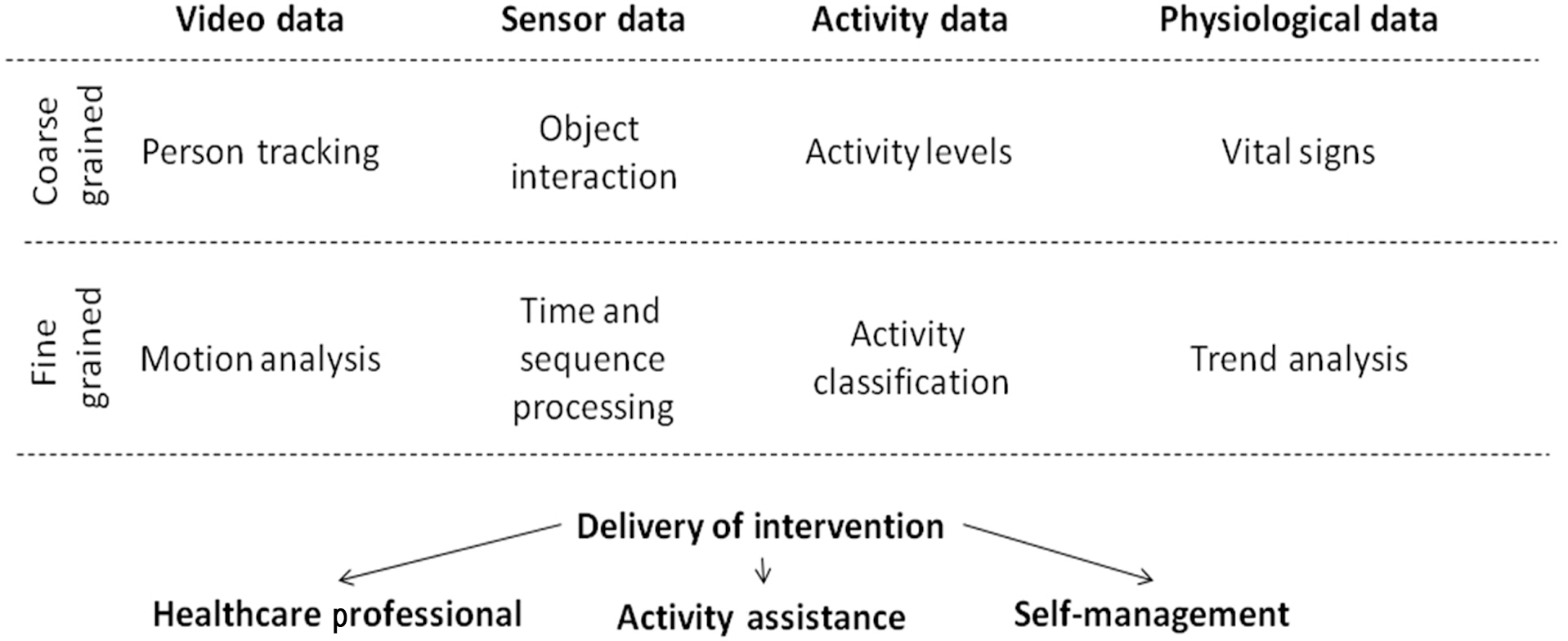
![Experimental setup (a) Smart kitchen environment used forexperiments [18] and (b) examples of contact sensors connected tovarious objects within the kitchen.](http://oak.go.kr/repository/journal/10859/E1EIKI_2011_v5n3_237_f004.jpg)

